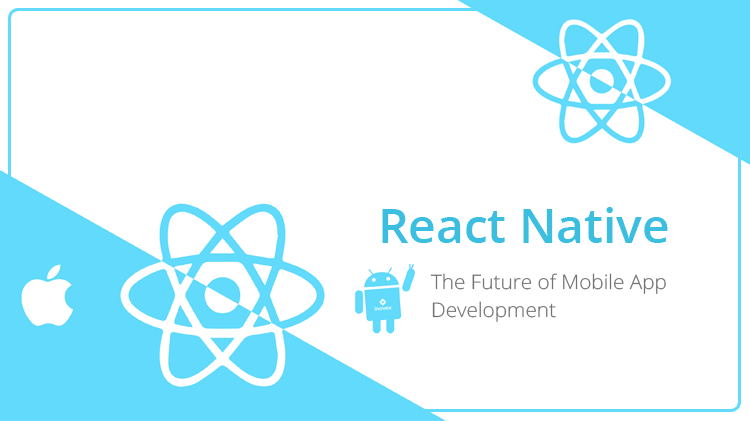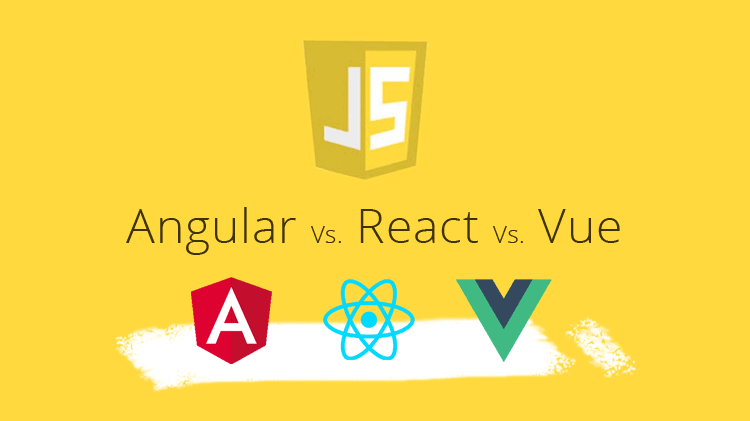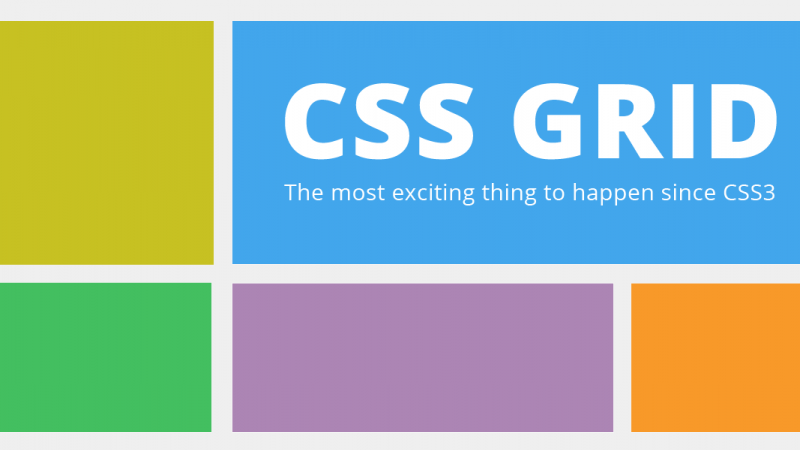In the ever-evolving landscape of web development, creating immersive and user-friendly digital experiences is the ultimate goal. One approach that has been gaining prominence in recent years is the “Ambient Design” approach. It’s a concept that takes user experience to a whole new level by seamlessly blending digital interfaces with the user’s environment. In this blog post, we’ll explore what ambient design is all about and how it’s changing the way we interact with the web.
No-Code/Low-Code web development is a software development approach that enables the creation of web applications with minimal or no coding. It is a subset of rapid application development (RAD) that utilizes visual programming tools to facilitate the development process. No-Code/Low-Code platforms provide users with pre-built components and templates that can be dragged and dropped to create a custom web application. This approach democratizes web development by making it accessible to a wider range of users, including non-programmers and citizen developers.
React Native, an open-source app development framework created by Facebook, has been trending in the global market for quite some time now. Whether we talk about Discord, Walmart, Facebook, or even Instagram, today’s leading brands use React Native to build unique mobile applications for their users. While talking of the popular users of React Native, we today have one more name added to the list, and that is Shopify. Yes, you heard it right!
A JavaScript framework is basically a pre-written JavaScript library that makes the development process easier through a readymade layer of abstraction. In simplest terms, these JavaScript frameworks offer a package of functions to create a responsive web UI faster. Developers usually find themselves lost in deciding as which JavaScript framework will best address their web development needs. This article will help you gain the necessary knowledge of each framework so that you can choose the right framework for your next project.
Microinteractions are those tiny enticing moments built into the application, which stimulates a feeling of happiness to the end users. As a designer, identifying the micro interactions in the application is equally important as designing them. It’s the meticulous attention to detail that differentiates an outstanding website from the rest.
CSS Grid is the most exciting new way to create amazing layouts on the web. It’s not a framework or library, it’s just an addition to the CSS language that allows us to quickly create flexible, two dimensional layouts. With the introduction of CSS Grid, we now have an independent layout mechanism which has a lot of cool benefits. Now we can write more resilient code without the help of any hacky tricks. In simple words, we can now do a lot many things with fewer lines of code.






